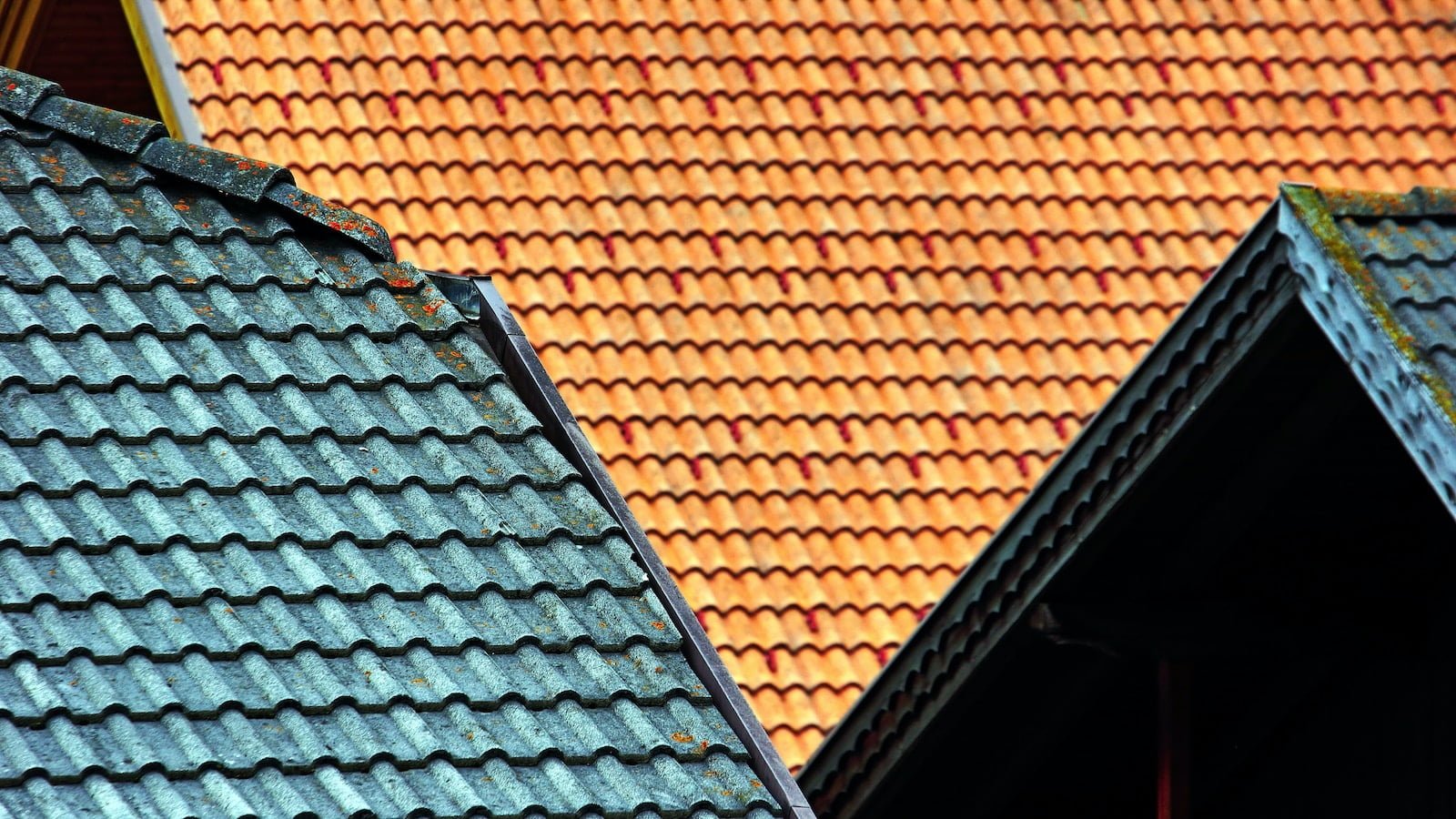The Best Roofing Material: Which One is the Winner?
When it comes to roofing, choosing the right material is crucial. The roof is an essential component of any building, and it protects the entire structure from the elements. However, with so many different roofing materials on the market, it can be challenging to know which one is the best fit for your needs. This is where Comparing Roofing Materials comes in. By understanding the advantages and disadvantages of various roofing options, you can make an informed decision and ensure that your roof will provide the protection and durability you need for years to come.
Whether you are building a new home or replacing an existing roof, Comparing Roofing Materials is an essential step in the process. Each material has its own unique characteristics, such as durability, cost, and energy efficiency. Additionally, factors such as climate, location, and building codes can also impact which roofing material is the best choice for your project. By taking the time to compare your options, you can make a well-informed decision that meets your specific needs and budget.
Overall, choosing the right roofing material is essential for the long-term health and durability of your home or building. With so many options available, it can be overwhelming to know where to start. However, by utilizing the information and resources available through Comparing Roofing Materials, you can make a confident decision that will provide the protection and performance you need for years to come.
Cons of Asphalt Shingles
While asphalt shingles are a popular roofing material, they do have some drawbacks. One of the biggest cons of asphalt shingles is their lifespan. While they are relatively affordable, they typically only last between 15-30 years. This means that homeowners may need to replace their roof more frequently than if they chose a more durable material like metal or clay tiles. Additionally, asphalt shingles are not the most environmentally friendly option. They are made from petroleum, a non-renewable resource, and are not easily recyclable.
Another con of asphalt shingles is their susceptibility to damage from extreme weather conditions. Heavy winds, hail, and extreme temperatures can cause the shingles to crack or warp, leading to leaks and other roofing issues. Additionally, asphalt shingles may not be the best choice for homes in areas with high levels of precipitation, as they can be prone to moss and algae growth. This can not only be unsightly, but it can also lead to damage and deterioration of the shingles over time.
Overall, while asphalt shingles are a popular and affordable roofing material, they do have some limitations and drawbacks to consider. Depending on your specific needs and preferences, it may be worth exploring other roofing options to find the best fit for your home.
Why Metal Roofing is a Smart Choice
Metal roofing has become increasingly popular in recent years due to its durability and energy efficiency. Unlike traditional roofing materials like asphalt shingles, metal roofing is resistant to weathering, corrosion, and fire. It can withstand extreme temperatures, heavy rain, and strong winds without cracking or warping. This means that it can last for decades without needing to be replaced, making it a smart investment for homeowners.
In addition to its durability, metal roofing is also an energy-efficient option. Metal reflects sunlight, which can help to keep your home cooler in the summer months. This means that you won’t have to rely on air conditioning as much, which can save you money on your energy bills. Additionally, metal roofing is often made from recycled materials, which makes it an eco-friendly choice for homeowners who are looking to reduce their carbon footprint.
Overall, metal roofing is a smart choice for homeowners who are looking for a durable and energy-efficient option. With its long lifespan and eco-friendly features, it’s a great investment that can help you save money in the long run. So if you’re in the market for a new roof, consider exploring the benefits of metal roofing.
The Benefits of Tile Roofing: Aesthetic Appeal and Longevity
Furthermore, tile roofing is a popular choice among homeowners and architects due to its aesthetic appeal. With a variety of colors, shapes, and styles available, tile roofing can complement any architectural style. Whether you have a modern or traditional home, you can find a tile roofing option that will enhance the overall look of your property. Additionally, tile roofing can increase the value of your home due to its durability and longevity. Potential buyers are often willing to pay more for a home with a tile roof because they know it will last for decades. This means that investing in a tile roof can provide a significant return on investment in the long run. Overall, the benefits of tile roofing are undeniable, making it a smart choice for homeowners looking for a durable and attractive roofing option.
Why Slate Roofing is a Great Option for Your Home
When it comes to choosing a roofing material for your home, you want something that is not only durable but also stylish. That’s where slate roofing comes in. This high-end option is known for its longevity and unique aesthetic appeal.
One of the main benefits of slate roofing is its durability. Unlike other roofing materials, such as asphalt shingles, slate can last for over 100 years with proper maintenance. This means that you won’t have to worry about replacing your roof anytime soon, saving you money in the long run.
Another advantage of slate roofing is its style. Slate tiles come in a variety of colors and textures, allowing you to choose a look that complements your home’s architecture. Whether you have a modern or traditional home, there is a slate roofing option that will enhance its curb appeal.
While slate roofing may be more expensive upfront than other materials, its longevity and style make it a worthwhile investment. If you’re looking for a roofing material that will last for decades and add value to your home, consider slate roofing.

